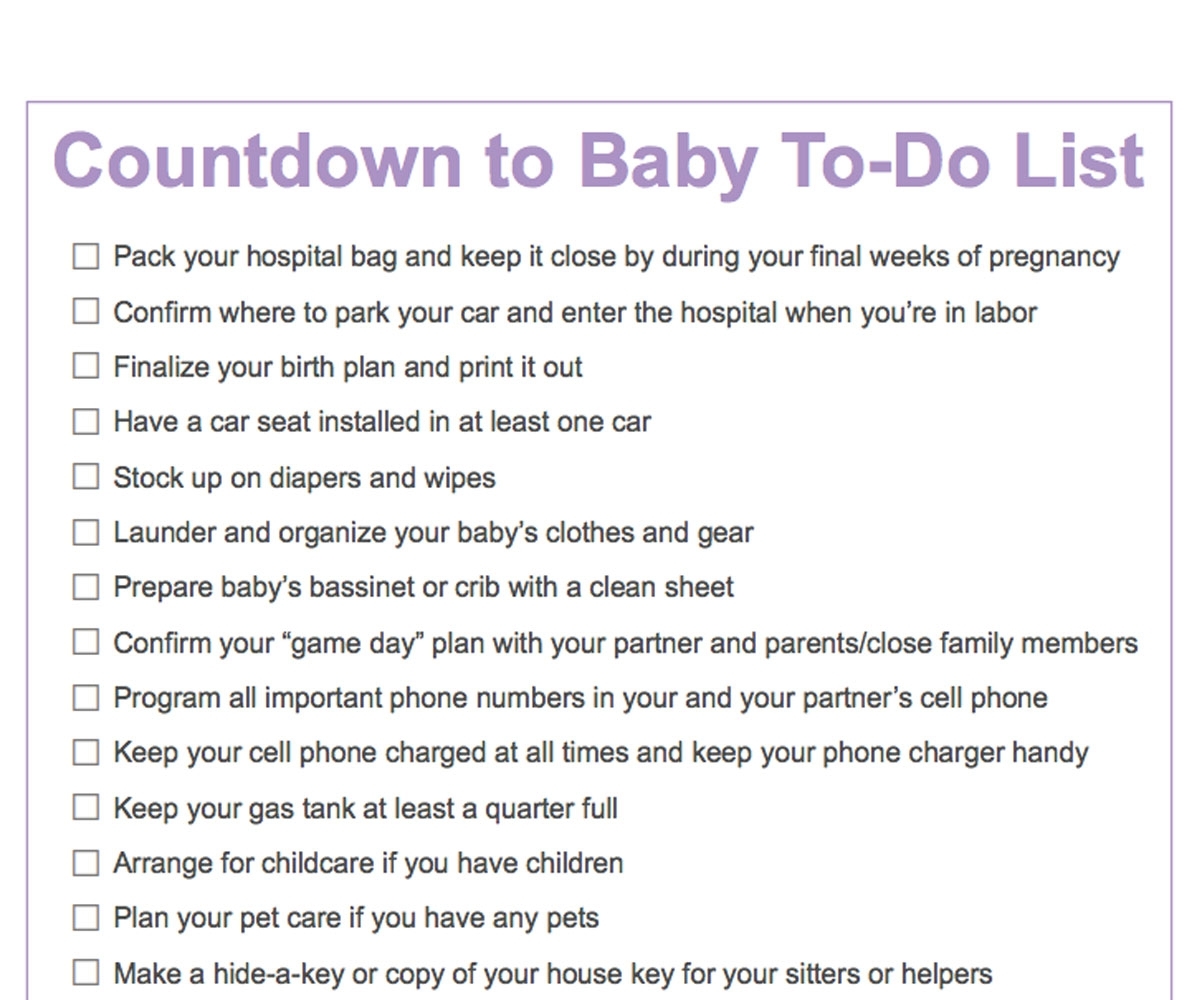


Copious vaginal discharge with mild bleeding.Every woman has her own experience.Īdditional signs that accompany contractions include: The sensations vary among pregnant women. Some may feel dull pain or discomfort, whereas others feel more of a heavy pressure on their lower abdomen. Some women feel intense cramps that increase in intensity and stop after they deliver. You may feel them like a tidal wave because they increase and finally subside gradually. Labor contractions assist you to push your baby through the birth canal.Įarly labor contractions may feel as if you have an upset stomach or trouble with your digestive system. Don't worry- dehydration, diarrhea, vomiting, sex, or a full bladder can trigger these false contractions. If you are a first-time mother, you may feel anxious. Your doctor may suggest delivering the child before your expected date of delivery.īraxton-Hicks contractions, also referred to as false contractions, occur throughout the pregnancy. If they occur before 37 weeks (before your expected delivery date) of pregnancy, it is more likely to be a sign of preterm labor. True labor contractions usually occur after the 37th week, most likely around your due date.

Labor contractions are most common during the last trimester (starts from the 29th week of pregnancy) of pregnancy but can often occur as early as mid-pregnancy. Labor contractions, popularly known as contractions, refer to the tightening of a pregnant woman’s uterus (womb). Contractions feel like a gradual tightening of the abdominal muscles followed by relaxation. Labor contractions are the tightening of a woman's uterus in order to deliver a baby.


 0 kommentar(er)
0 kommentar(er)
